Obturator internus muscle
What is Obturator internus muscle?
The obturator internus is a bilateral muscle with a triangular shape that is deep within the gluteal and pelvic regions. This muscle is mostly associated with the lower limb. It is made up of the deep layer of muscles in the gluteal region, which is covered by the inferior half of the gluteus maximus muscle. It is also made up of the piriformis, quadratus femoris, superior gemellus, and inferior gemellus muscles.
The triceps coxae are the collective name for the obturator internus muscle, superior gemelli muscle, and inferior gemelli muscle. They have the same tendon, which is inserted at the femur’s greater trochanter.
Origin of Obturator internus muscle
The obturator membrane’s pelvic surface and inferior margin of the superior pubic ramus form the obturator internus muscle.
Insertion
Its tendon inserts onto the greater trochanter of the femur after exiting the pelvis via the lesser sciatic foramen.
Relations
The obturator internus muscle involves the true pelvis. The obturator fascia covers the medial surface of the obturator muscle in this location and serves as the attachment point for the muscles of the pelvic diaphragm (levator ani).
Because they run anterior-inferior from the anterior trunk on the lateral pelvic wall to the upper part of the obturator foramen, the obturator artery and nerve are medically related to the fascia of the obturator internus muscle. The ischial nerve and the gluteus maximus muscle are located posterior to the obturator internus muscle.
Innervation
The nerve to the obturator internus, which originates from the spinal roots L5 and S1, innervates the obturator internus.
Blood supply
The obturator artery’s branches primarily supply the obturator internus with blood. However, the gemellar branches of the internal pudendal artery can also supply the extra pelvic portion of the muscle with arterial blood.
Function of Obturator internus muscle
The obturator internus and gemelli muscles are external (lateral) rotators of the extended thigh because they attach to the greater trochanter of the femur. Additionally, they take the flexed thigh.
The obturator internus muscle, along with the other short muscles of the hip—the piriformis, superior and inferior gemelli, pectineus, quadratus femoris, and obturator externus—plays an important postural role by stabilizing the hip joint, especially when the thigh is bent.
Clinical importance
Strengthening exercises may play a significant role in the normal function of the pelvic floor muscles because the obturator internus forms a fascial attachment with the PFM.
Alcock’s canal is a canal that is formed by the obturator fascia canal and is where the internal pudendal vessels and the pudendal nerve cross the obturator internus muscle. The S2-3, S4, and S5 nerve roots are where the pudendal nerve gets its start. It is the primary sensory stimulator of the genitalia and provides the perineum’s muscles with motor function. The obturator fascia frequently compresses the pudendal nerve, resulting in a variety of unexpected pelvic symptoms.
Obturator internus muscle stretching
Here are two simple exercises you can do at home to loosen up tight obturator internus muscles. The accompanying activity is the best activity for obturator internus muscle stretch.
Frog pose
On a soft mat, you can start in the prone position for all four positions (quadruped), keeping your feet to the sides and your knees apart. you ought to put your two hands level on the floor, almost shoulder-width separated.
Your hands remain under your shoulders and your knees are under your hips. Turn your toes out to the sides while keeping your knees bent and your ankles behind you in line with your knees.
After that, begin gradually extending your knees to the sides.
Stop pushing and take a deep breath once more when you start to feel the stretch in your inner thighs and groin. Hold for 10 to 20 seconds and afterward return to the main position. Five to ten times, perform this exercise.
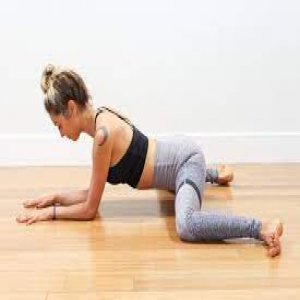
Supine frog stretch
On a soft mat, you begin in a supine position with your arms at your sides and legs slightly bent.
As you feel stretch at your hip area, the soles of your feet stay together, and gradually pull your heels as close to your groin as possible.
Keep stretching for 10 to 20 seconds at a time.
The next step is to bring your knees together and raise them, which will bring your feet to the ground. Ten to twenty seconds should maintain.
get back to the typical position and stretch out your legs to recount the activity.
Perform 10 to 12 counts.
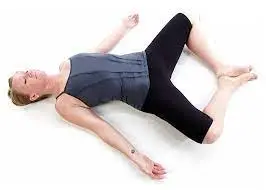
Obturator internus muscle strengthening exercise
Full squatting
Your limb muscles and the obturator internus are both strengthened by this exercise. This is the easiest exercise to do at home without any equipment.
You can begin by standing with your feet spaced apart, firm on the floor, your toes lateral rotated, your knees straight, and your back straight. At this point, you can begin gradually squatting down. Your back will remain straight while simultaneously bending in your ankles, knees, and hips.
As you begin to lower, your knees will proceed over your toes, and your hips will move in reverse to keep your body weight midway.
While you bend at your hips, your trunk and hip will remain in a neutral position and remain straight. Make an effort to maintain a neutral pelvis without tilting forward or backward.
The full squat exercise not only strengthens the muscles of your hips, knees, ankles, and even your back, but it also strengthens the quadriceps, obturator internus, Glutei, and calf muscles, as well as the muscles of your spine.

FAQ
What causes pain in the obturator internus?
Overworking, muscle imbalances, injuries, altered posture, and spasms in the obturator internus are all potential causes of tension and spasm. Your feet always seem to be turned out and your hips feeling tight are two signs of obturator internus muscle tension. It is possible to confuse lateral hip pain with IT band syndrome or bursitis.
How can pain in the obturator internus be treated?
The treatment of pelvic floor dysfunction, trigger point release to the Obturator Internus, and the maintenance of healthy muscle balance in the pelvic girdle are all methods that can be used to gradually return to activities like swimming, biking, hiking, and running.
How is an obturator internus tested?
The patient is lying on her or his back with the knee and hip flexed to 90 degrees. With one hand, the examiner is holding the patient’s knee and ankle. By allowing the knee to only move inward, the examiner internally rotates the hip by moving the patient’s ankle away from the body.
How can I make my obturator internus stronger?
As if you were sitting in a chair, slowly lower yourself while extending your arms in front of you for balance. Try to get to a position where your thighs are parallel to the ground and your knees are directly over your feet. After a brief pause in this position, get back to standing. Ten repetitions each in three sets.
What are the symptoms of a weak obturator internus?
As a result of these innervations, OI dysfunction and TrPs of the OI muscle can cause different side effects like urinary recurrence, urinary burning, tingling, shivering, shooting aches in the groin and abdomen, and others. OI pain can manifest in a variety of ways.

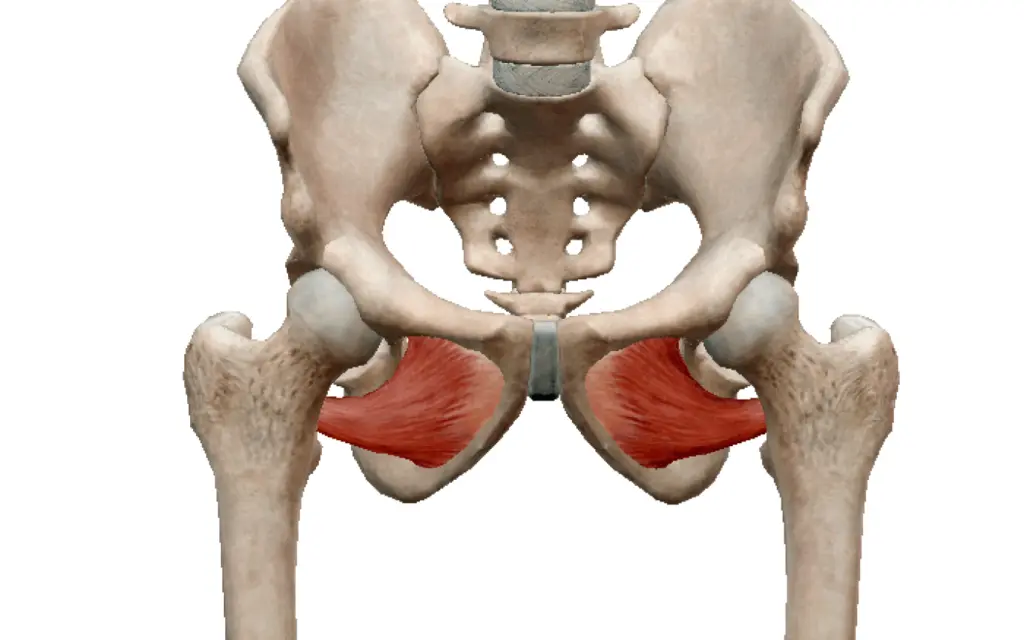
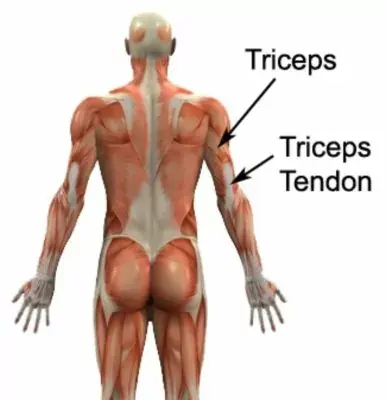
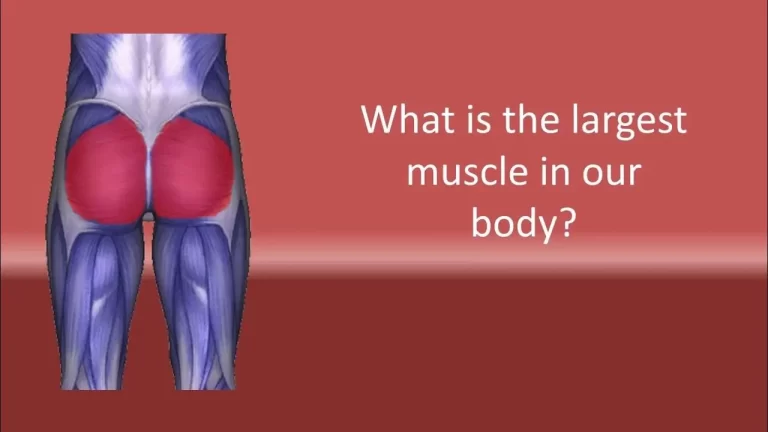
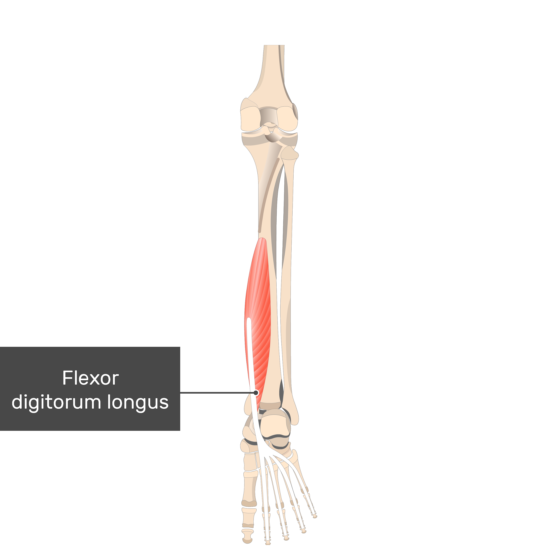
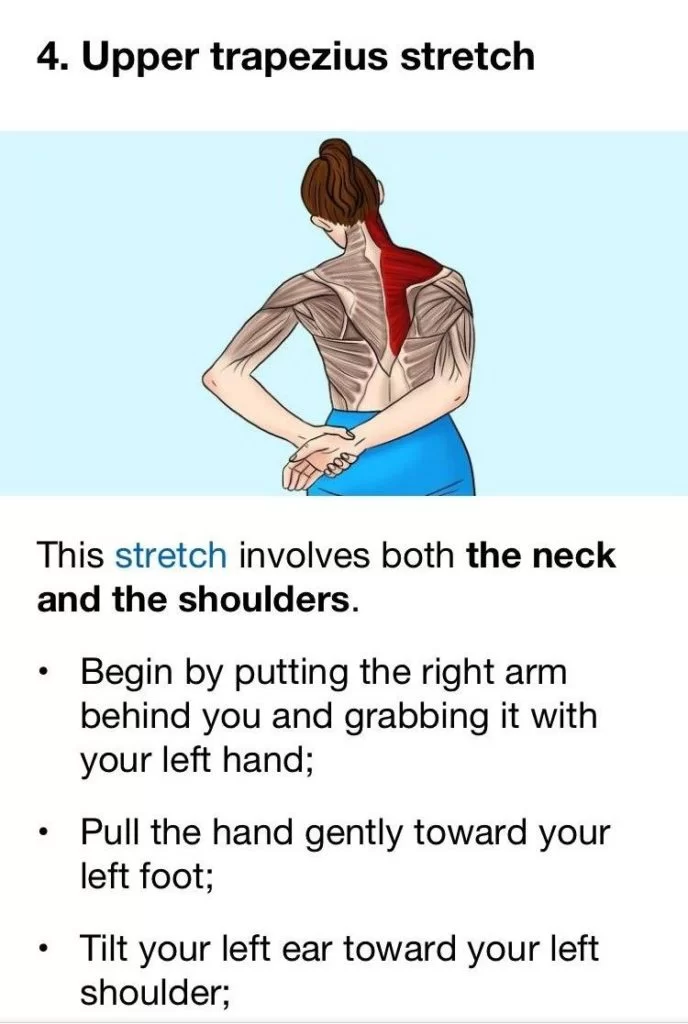
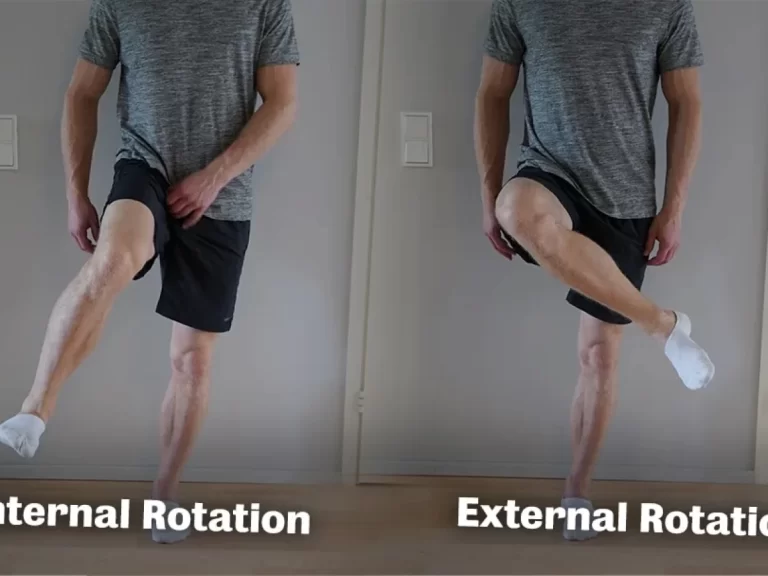
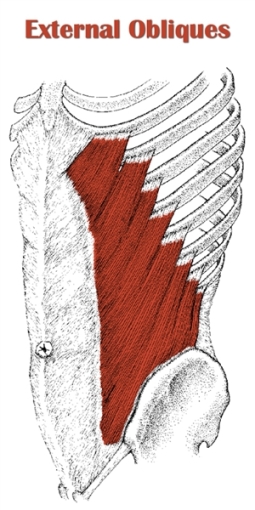
One Comment